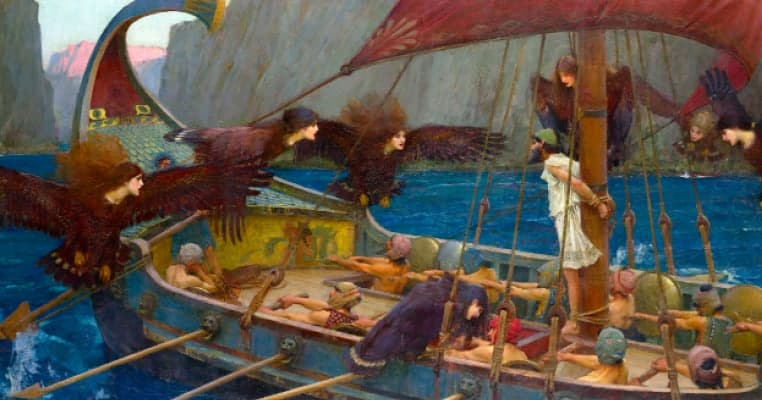Pop culture is full of mythical creatures that we know aren’t real — trolls, vampires, and fairies. Or are they?! Many people today profess to be witches in a growing movement known as Wicca, and in the Middle Ages, people were killed for being werewolves!
There are also plenty of seemingly innocuous beings, like clowns, leprechauns, and fairies, which actually have a darker history that may shock purveyors of children’s culture. In fact, many of the creatures that people are fascinated with now have stories behind them that might rival even today’s horror movies. At the very least, they will make you reconsider what might be appropriate for children.

1. Clowns Were Originally Gravediggers
If you have been terrified of clowns for the better part of your life, there is probably a historical basis for your phobia. Though known today as circus performers and entertainers (as well as creepy beings who stalk the woods and prey on children), they first emerged as “fools” who played roles in Greek and Roman comedy plays. From there, the function may have evolved into that of a court jester, lending itself over time into the modern circus time.
Shakespeare, in his play Hamlet, gives us insight into the darker origin of modern clowns, one that might explain why they tend to paint their faces white with exaggerated red features. In Act V, Scene I, the clowns are gravediggers who exchange crude jokes about dying. The clown’s association with death in this regard led to them being portrayed with exaggerated make-up that makes them look like, well, dead people.
Did that just ruin your childhood? Ronald McDonald, Bozo the Clown, and even Krusty from The Simpsons all are designed to look like dead people. Perhaps the denizens of children’s culture should be a bit more careful about where they draw their inspiration.

